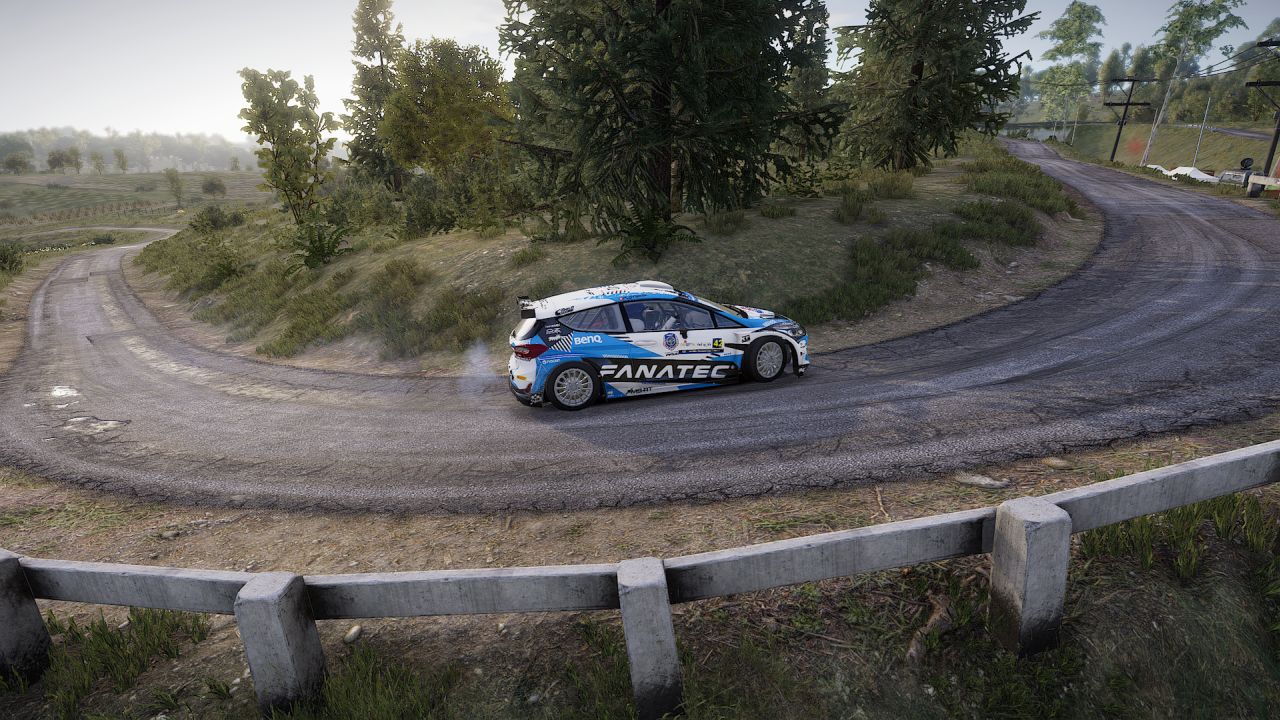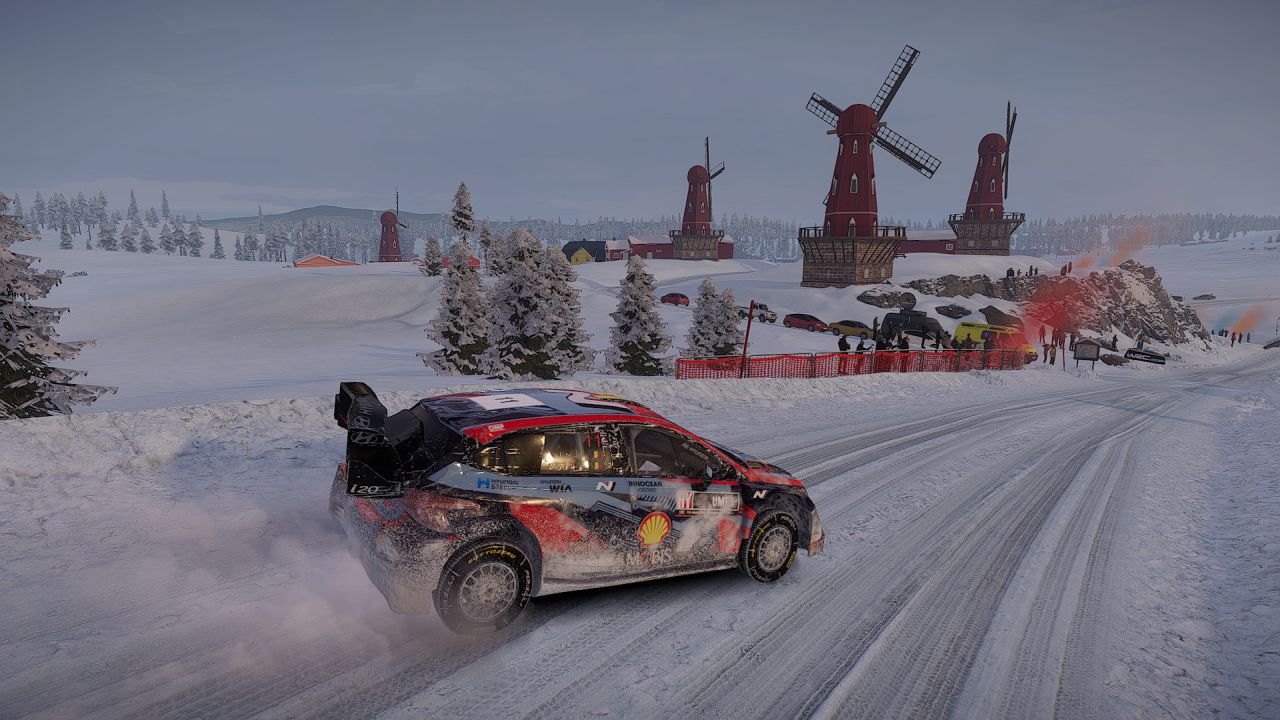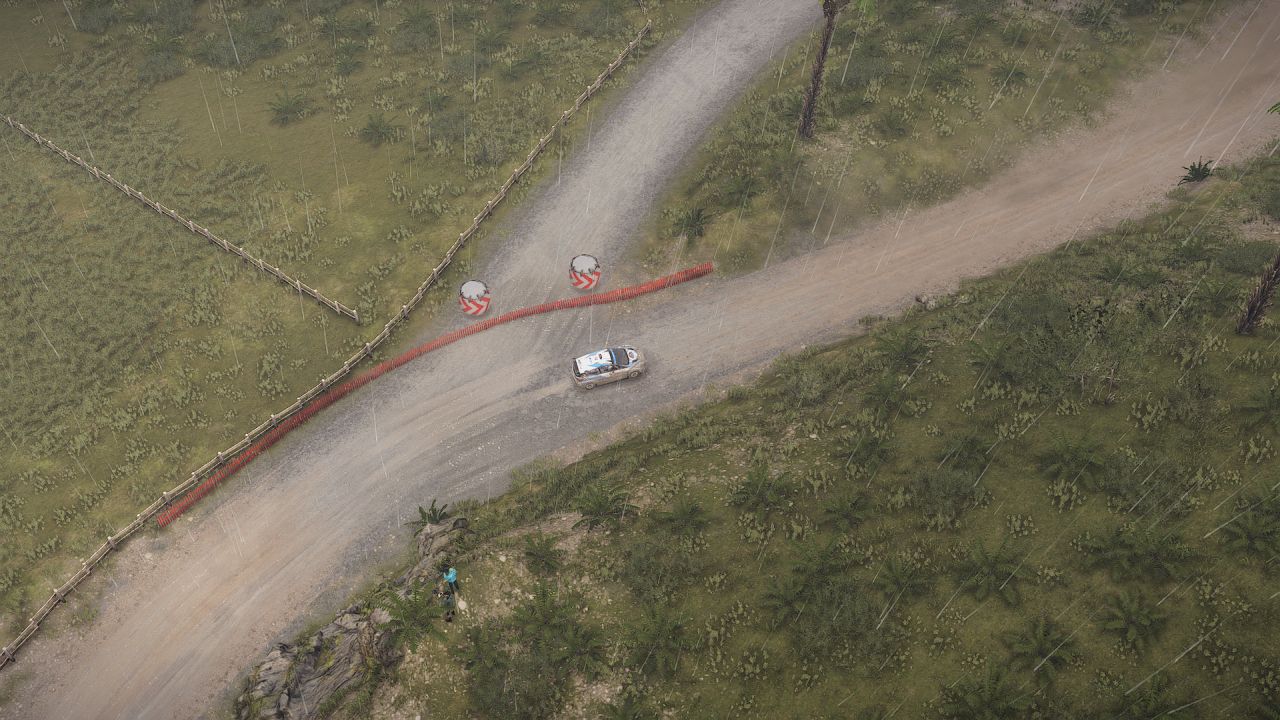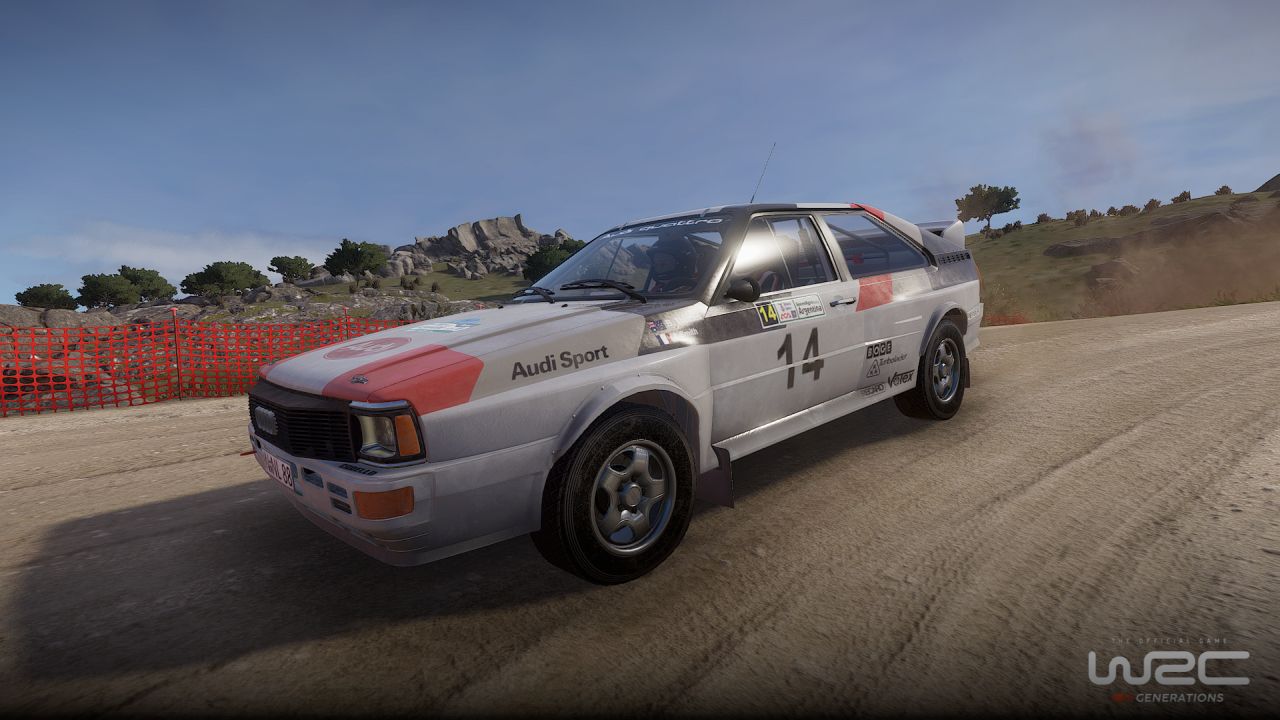WRC Generations Review
A tired compilation
Not every racing franchise should adhere to a yearly release schedule. Without an army of developers, one year is not enough time to add significant content or make bold changes. And even with an army, real-world motorsports do not alter enough to warrant yearly releases. WRC Generations is the seventh entry in the series from Kylotonn, and their fourth consecutive yearly release. It is also probably their last. Codemasters have signed on with FIA to make official WRC games from 2023 onwards, no doubt encouraged by their success with DiRT Rally. Unsurprisingly, WRC Generations does not offer much new. It should be considered a compilation of the recent WRC games, with a few new hybrid cars, a slightly altered driving model, and cross-platform leaderboards. And while the rally driving is still fine, some handling quirks and returning mistakes mean Kylotonn’s run of games ends on a deflating note.

Generations offers a few different ways to drive, like its predecessors. Challenges are a sequence of rapid-fire events that have players racing a quick lap or driving a short distance. Quick-play allows the selection of individual rallies, and varying weather conditions, with a choice of car. Seasons take drivers through a bunch of rallies in sequence. And, finally, career involves team management, multiple seasons, and scheduling, while moving through several tiers of the competition. Rallies have difficulty options and varied race lengths, from short (about 3 stages) to realistic (around 10 stages). The good news, this year, is that the private team option is available from the start, without needing to jump through the anniversary hoop like in WRC 10. The differences between a private team and a regular career are vehicle upkeep costs, being able to select a car livery, and the ability to choose a sponsor, so it does not make a huge difference to career progression.
Career mode is built from the same mold as last year. You will still need to manage a crew, who will help do things like increase your earnings, repair car damage, and predict the weather. They get tired quickly, but can be swapped or rested easily enough. It is still very annoying that you cannot have all types of crew members active, and instead have to pick which ones will suit your purposes. As you level up in the career, various R&D points can be assigned on a large skill tree. This can enhance your crew’s abilities, increase your car’s resilience, or even improve tire grip. If you jump to another team or competition tier, points earned will persist but will need to be reassigned. Interestingly, the email system from last year has been removed, although this was expected given how terrible it was. For the most part, the main thing you will interact with in the career is the calendar.

On the yearly calendar are a bunch of rally events with blank spaces between them. What you do in those blank spaces depends on what randomly appears and what you select. Usually there is a choice between a few events. Some just increase stats; team building and crew training will raise morale and experience respectively, but morale is always high and XP rewards are meager. For actual driving, you can do historic races in older cars, manufacturer/sponsor challenges, or short training circuits. Rewards are paltry here, too, and training events are boring circuits on the same courses from previous years. Extreme weather events are still not very compelling and feature a moderately damaged car in stormy conditions, but at least now there is fog. Finally there’s the useful maintenance event, which is just driving a distance to reduce potential wear and tear in upcoming rallies. Strangely, one season began with three sequential maintenance events, even though the car was at 100% health. There are no new fun events or major changes to the calendar system. And towards the back half of the season, there is no room between rallies to do much else other than maintenance, assuming it appears.
Generations offers 21 different rally locations with about 4 stages each, excluding the reverse routes. This is the most stages in years, but nearly all are copied directly from WRC 9 and 10, including the ones from New Zealand, Kenya, Mexico, Estonia, Argentina, and Monte Carlo. For returning locations, there are no extra stages or track changes. Sweden is the exception, with a set of new routes under power lines that are merely adequate—it’s a shame that Sweden’s previous stages were not also included. Returning stages have been given a minor facelift, with more natural lighting, better rock textures, and different foliage, but the changes are hard to see without directly comparing them. Since the official season only has 13 locations, the other 8 need to be found in the optional career events or via quick-play. But since most stages are the same as before, driving on them gets boring fast.
Driving is slightly different from last year, and not in a good way. General steering is sluggish with the Xbox One controller, like there is an input delay or extra weight, which makes the cars awkward through fast corners. Cars are prone to rolling when going over small bumps, like they have a high centre of gravity. Adjusting the shock absorber settings reduced the instability but made steering heavy, and setup changes need to be re-enabled before every race. Traction is strange this year. It is nice to feel a surface variation when moving from snow to asphalt, while using road tires. But on gravel or snow, even with the right tire choice, braking can take forever and a day. Drifting around corners fails to bite into the road surface for a timely exit, so it is more reliable to slow right down and creep through bends. All these issues were most noticeable while driving the faster hybrid cars, although not exclusive to them.

One change this year is the inclusion of hybrid vehicles in the top-tier WRC class. To help save the planet, FIA decided to include an electric motor alongside the internal combustion engine. In the game, the electric motor provides bonus acceleration, assuming a gauge has been filled by braking. Any braking will cease draining the meter until it’s fully-charged again. This means you might brake more at a corner, to gain a full charge, or avoid braking in shallow bends to get full use. You can optionally change how quickly the meter drains, which can be handy in tight stages. The hybrid motor gives the cars a bit more zip and changes their audio profile, but it’s not worth over-thinking the driving technique. Speaking of audio, many sounds from the cars are underwhelming. After losing a tire, there was barely a rattle and only terrible steering made me check what was missing: my driving skill.
If you want to test your talent against real human drivers, multiplayer works much like before. There are standard lobbies, which let you race against other players’ ghost cars in real time. And with short wait times (assuming all have an SSD), it’s not a bad option. Some of the ghosts still warp around, but you’re mostly racing against the clock anyway. The front-end of multiplayer has been modernized. There are extensive drivercard options, which can be unlocked in the career mode by leveling up. Also, you can share car liveries and download player creations, which is great because my own car designs looked like they were painted by an elephant. But while these few changes are nice, the multiplayer remains the same under the hood. It is not that popular either, with only a few lobbies active during the busiest times.
Leagues is a new addition. It is a way to rank players based on a time they set on courses in daily and weekly challenges. Do well and you will go up the ranks, do poorly and it is time for a demotion. Since the mode is just a fancy time-trial, it works against players on other platforms—crossplay is not available for standard multiplayer. Navigating through league menus is clunky, as it takes a while to fetch the updated times from the servers. And unfortunately, because of cross-play, you will need a My Nacon account (also required for the career) and this took a few attempts to work properly.

Although not a bad looking game, Generations has a few presentation issues and bugs. One returning bug from last year is seeing car body parts in the wrong place. Doors and bonnets sunk down, and this persisted across rally stages after a full mechanic repair. Certain weather effects are a bit off, like the new fog that flashes on the horizon when it clears. The wind effect during snow looks horrid, like 2D sprites coming out of the ground. Some water hazards are more like blue smoke or white paper. Even at max settings, the game has aliasing issues and muddy textures. Load times are quicker than WRC 10 but slower than WRC 9, and there are still those 5-10 second post-stage waits as it uploads times to the servers.
WRC Generations was a chance for Kylotonn to show us what they can do, but they’ve just shown off what has already been done. There is shockingly little new content here. The hybrid cars might alter your driving approach slightly, but are not game changing. And the new driving model has annoyances, with wonky traction, instability, and sluggish handling. Multiplayer has a fresh new look, but you won’t need all your fingers to count the number of active lobbies available at any one time. The low online population could be a problem, but at least there are cross-platform leaderboards to keep players busy. WRC Generations might be an adequate choice for somebody who hasn’t played the franchise in years, but anybody that has driven the recent games into the ground can skip this particular calendar event.
 Comments
Comments


















